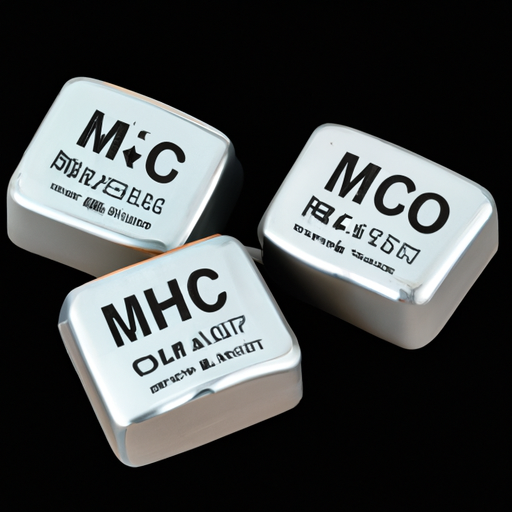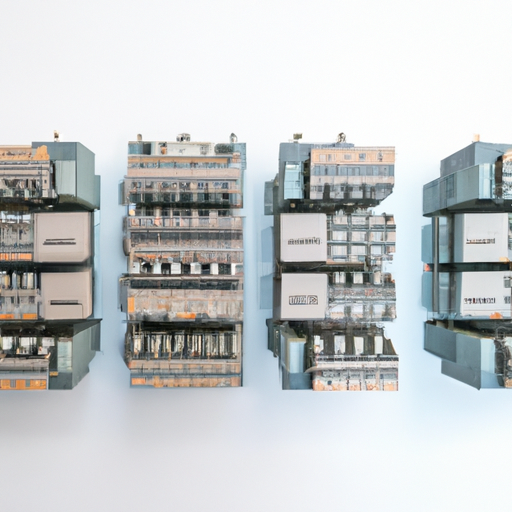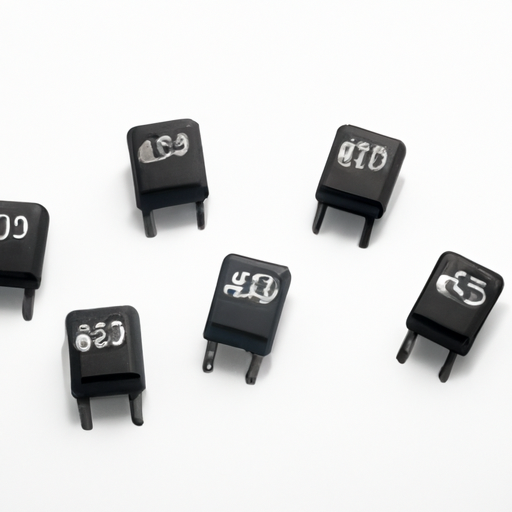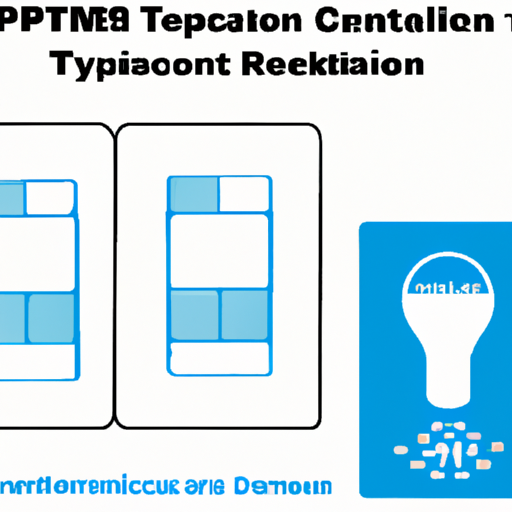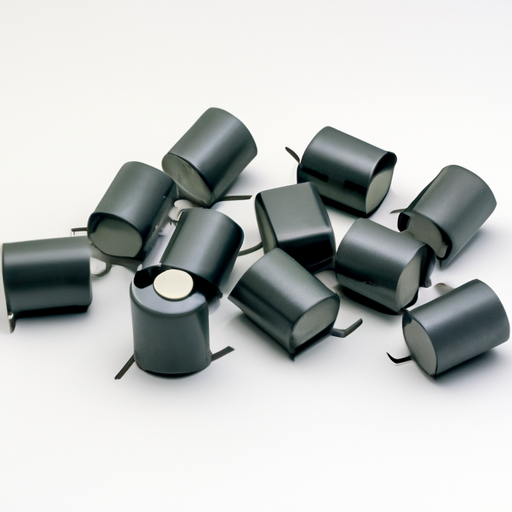CFR-25JB-52-1M2 Arrays, Signal Transformers highlighting the core functional technology articles and application development cases of Arrays, Signal Transformers that are effective.
System
May 09
1
Overview of CFR-25JB-52-1M2 Arrays and Signal TransformersThe CFR-25JB-52-1M2 is a specific model of signal transformer that exemplifies the critical role of signal transformers in electronic systems. These components are integral to the transfer of electrical signals between circuits while providing necessary isolation, impedance matching, and signal conditioning. Their applications are diverse, spanning audio, telecommunications, data acquisition, medical devices, and power supply systems.
Core Functional Technology1. Isolation: Signal transformers like the CFR-25JB-52-1M2 provide electrical isolation, which is essential for protecting sensitive components from high voltages and ensuring safety in various applications. 2. Impedance Matching: They facilitate impedance matching between different circuit elements, which is crucial for maximizing power transfer and minimizing signal reflection, thereby enhancing overall system performance.
3. Signal Conditioning: These transformers can modify signal characteristics, such as voltage levels and frequency response, making them adaptable for various applications.
4. Noise Reduction: By isolating circuits, signal transformers help reduce noise and interference, which is vital for maintaining signal integrity in electronic systems.
5. Multi-channel Capability: The CFR-25JB-52-1M2 can handle multiple channels, allowing for complex signal processing in a compact design, which is particularly beneficial in applications requiring high-density configurations.
Application Development Cases1. Audio Equipment: In audio applications, the CFR-25JB-52-1M2 is used in mixing consoles and amplifiers to isolate audio signals, preventing ground loops and reducing hum, thus ensuring high-quality sound reproduction.
2. Telecommunications: In telecom systems, these transformers interface different network components, ensuring distortion-free signal transmission. They are also utilized in modems and routers to enhance signal integrity.
3. Data Acquisition Systems: In industrial settings, signal transformers are employed in data acquisition systems to isolate sensors from processing units, ensuring accurate readings and protecting sensitive electronics from high voltages.
4. Medical Devices: In medical electronics, the CFR-25JB-52-1M2 is crucial for isolating patient monitoring equipment from mains supply, ensuring patient safety while allowing for accurate signal transmission.
5. Power Supply Applications: Signal transformers are used in power supply circuits to provide isolation and voltage transformation, which is essential for the safe operation of electronic devices.
Effective Design Considerations1. Frequency Response: It is vital to consider the frequency response of the transformer to ensure it can handle the desired signal bandwidth without distortion, particularly in high-fidelity applications.
2. Load Impedance: Understanding the load impedance is crucial for selecting the appropriate transformer, ensuring optimal performance and signal integrity.
3. Thermal Management: Signal transformers can generate heat during operation; thus, implementing proper thermal management techniques is essential to maintain performance and reliability.
4. Size and Form Factor: In space-constrained applications, selecting a compact transformer like the CFR-25JB-52-1M2 can help save space while still delivering the necessary functionality.
5. Regulatory Compliance: It is important to ensure that the selected signal transformer meets relevant industry standards and regulations, especially in sensitive applications such as medical devices and telecommunications.
ConclusionThe CFR-25JB-52-1M2 arrays and signal transformers are pivotal in modern electronic systems, providing essential functions such as isolation, impedance matching, and noise reduction. Their applications span various industries, including audio, telecommunications, data acquisition, and medical devices. By understanding the core technologies and effective design considerations, engineers can leverage these components to develop robust and reliable electronic systems that meet the demands of today's technology landscape.
Read more

